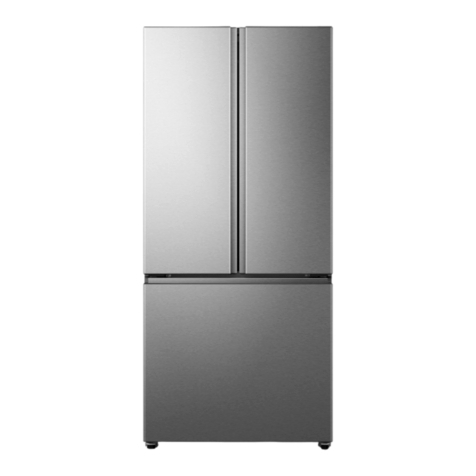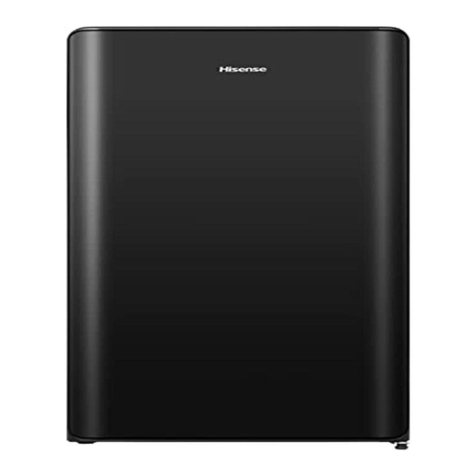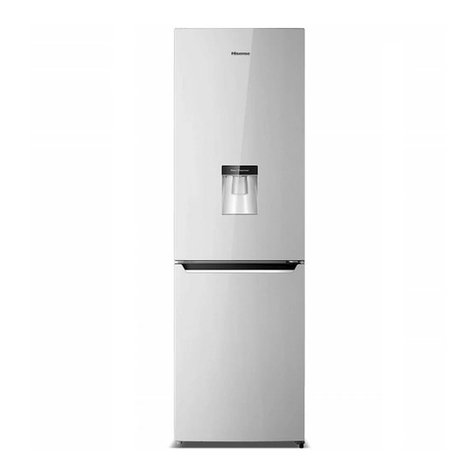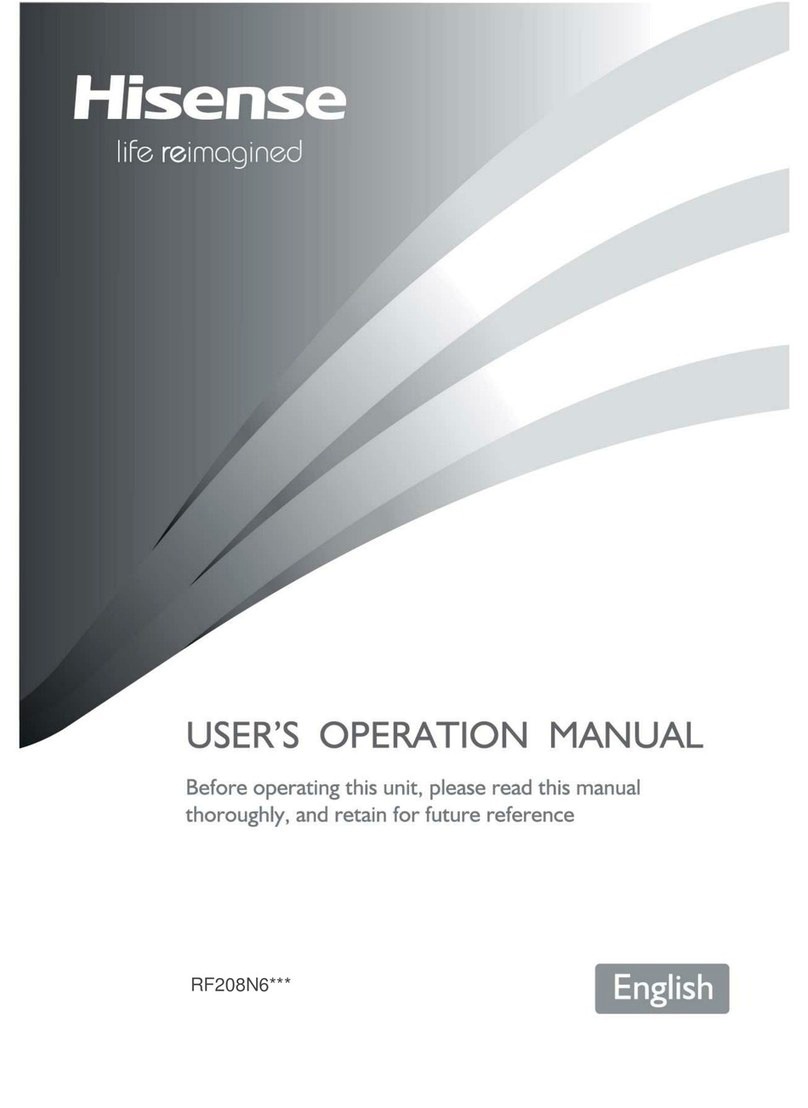Hisense H299BME User manual
Other Hisense Refrigerator manuals

Hisense
Hisense RS-34WC4SIA/CSA2 Mounting instructions
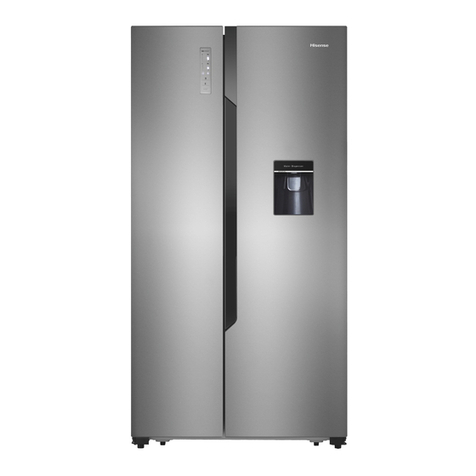
Hisense
Hisense H670SG Mounting instructions

Hisense
Hisense HRBM417S Mounting instructions
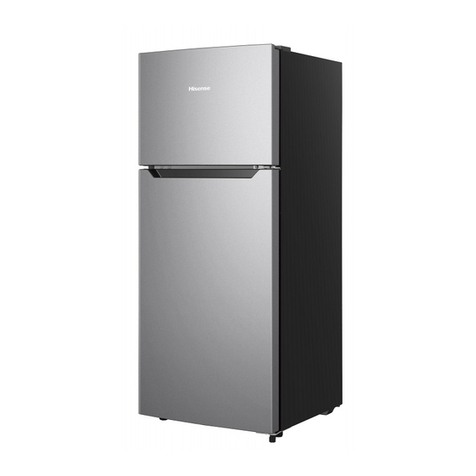
Hisense
Hisense RC43C2GSE Mounting instructions
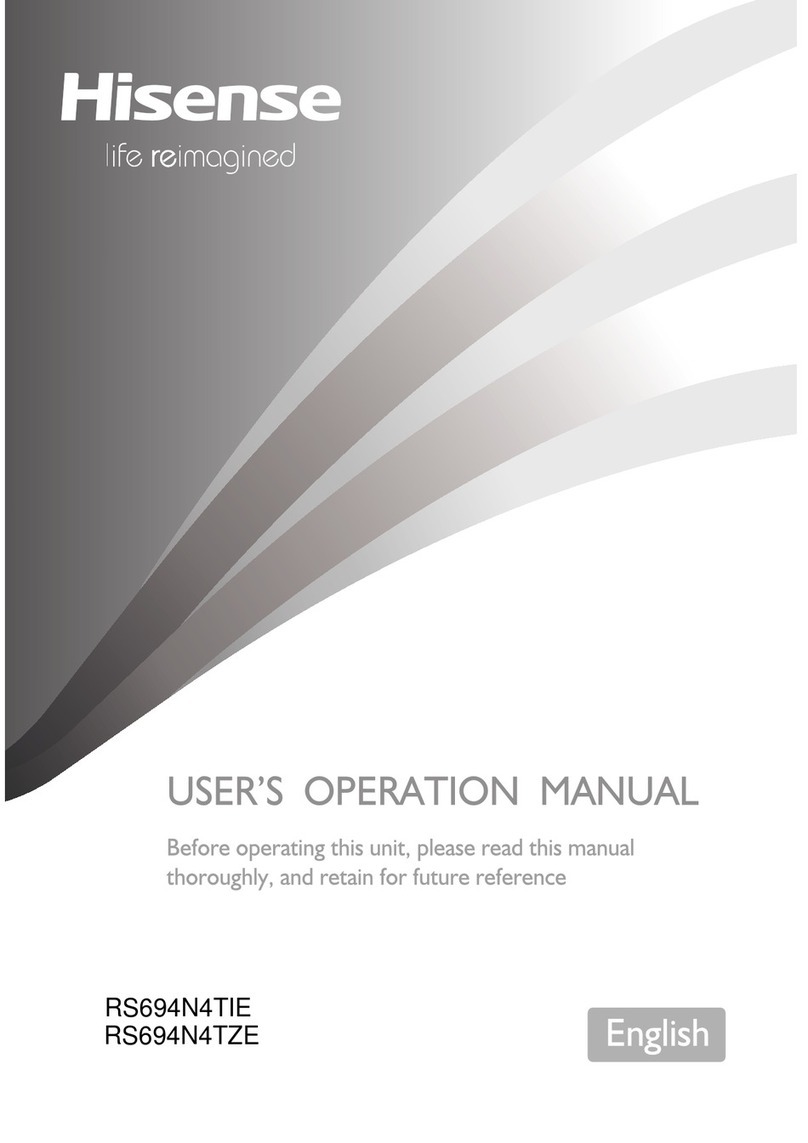
Hisense
Hisense RS694N4TZE Mounting instructions

Hisense
Hisense HRF208N6BSE User manual

Hisense
Hisense RS694N4TFF Mounting instructions
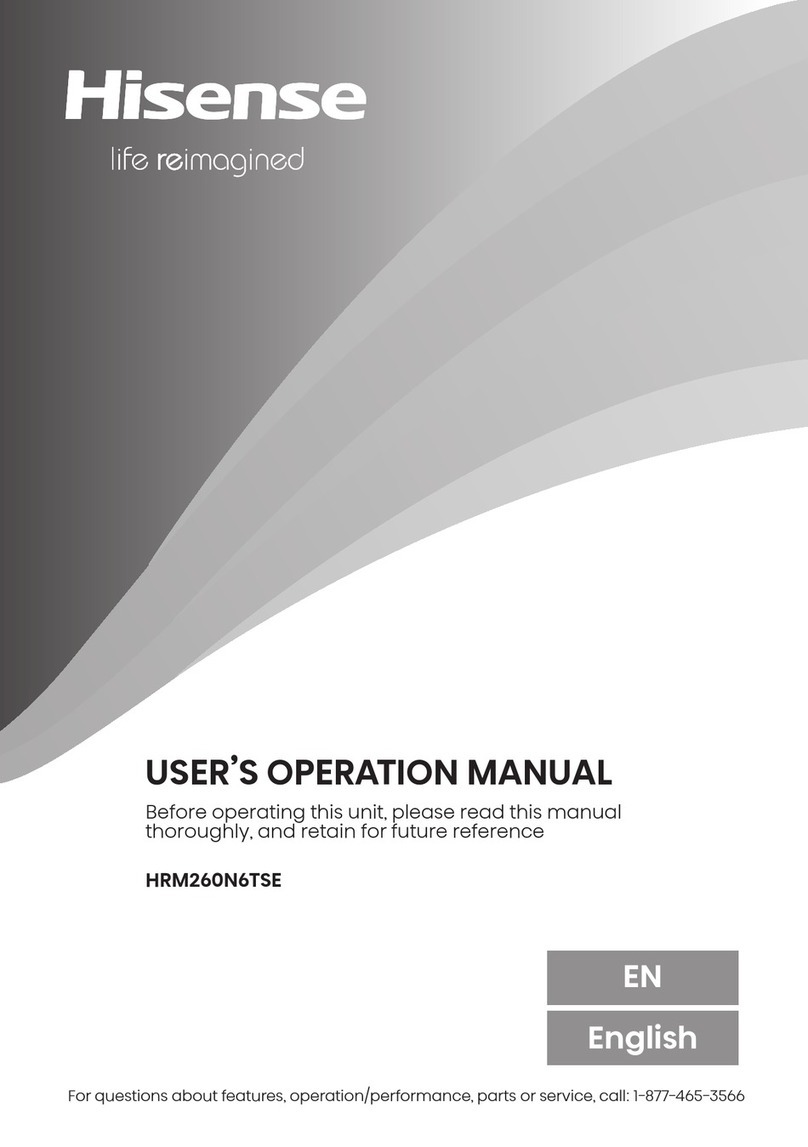
Hisense
Hisense HRM260N6TSE Mounting instructions
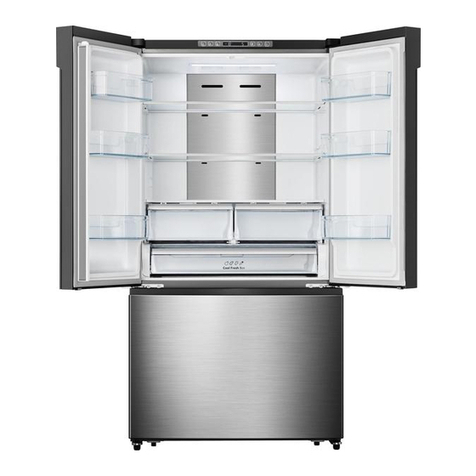
Hisense
Hisense FMN544I20S Mounting instructions
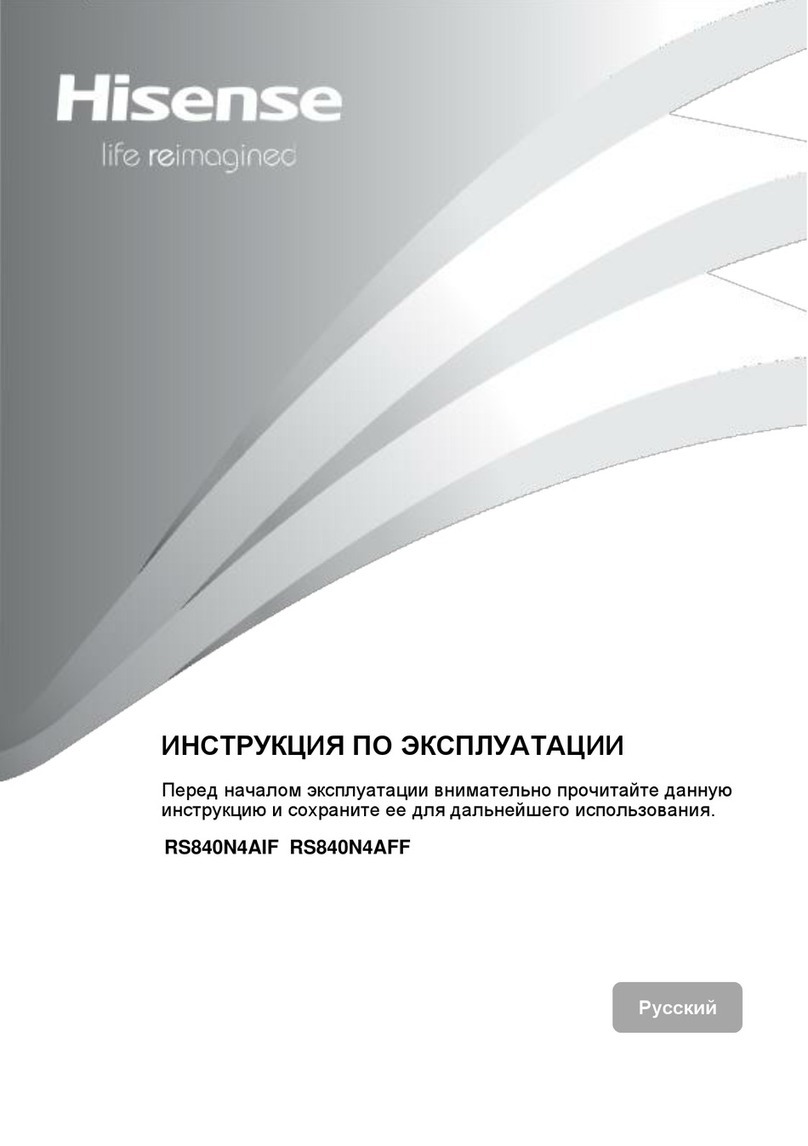
Hisense
Hisense RS840N4AIF Mounting instructions

Hisense
Hisense RB372N4ADE Mounting instructions

Hisense
Hisense RB335N4WB1 Mounting instructions

Hisense
Hisense MTZ60235FF Mounting instructions
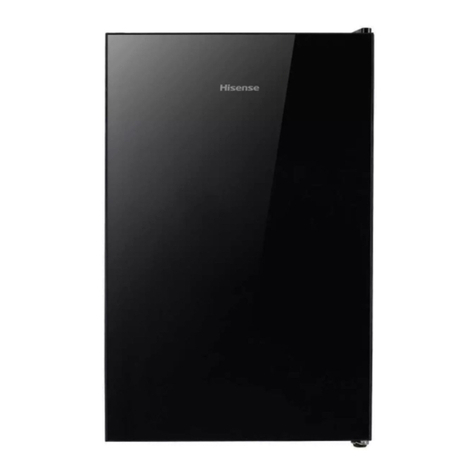
Hisense
Hisense RS44G1 Mounting instructions
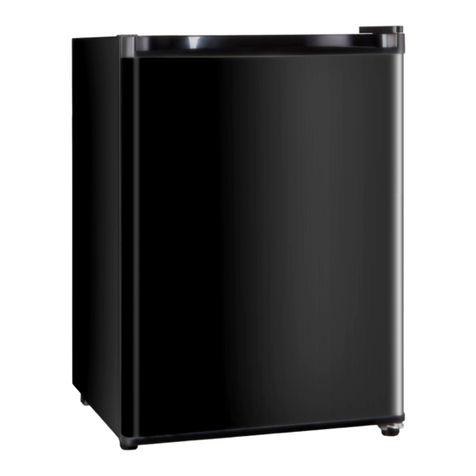
Hisense
Hisense RR17D6ABE User manual
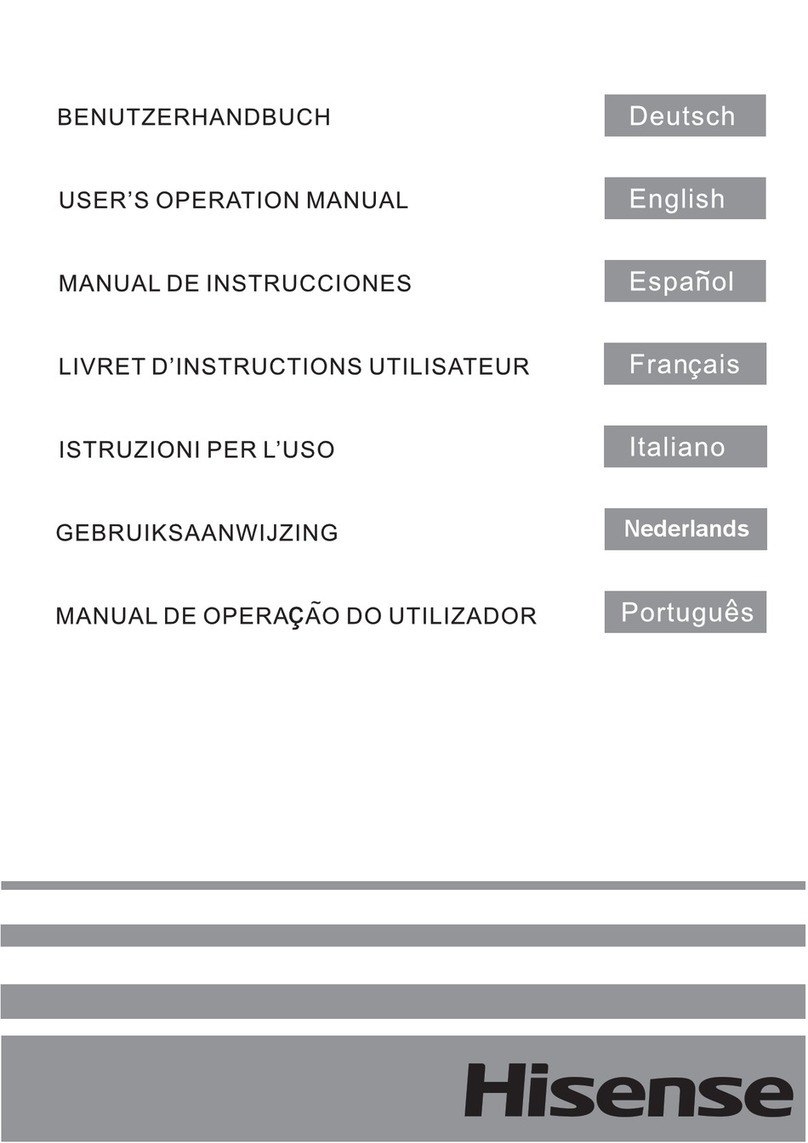
Hisense
Hisense RF750N4ISF Mounting instructions
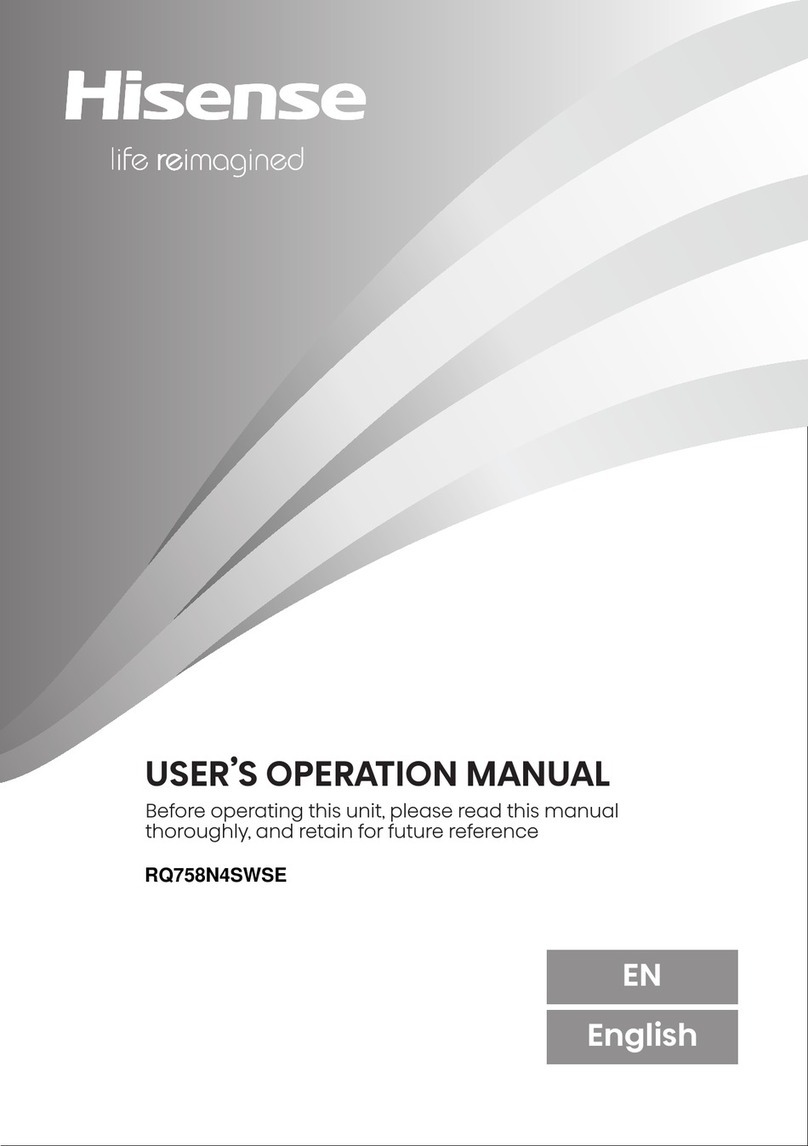
Hisense
Hisense RQ758N4SWSE Mounting instructions
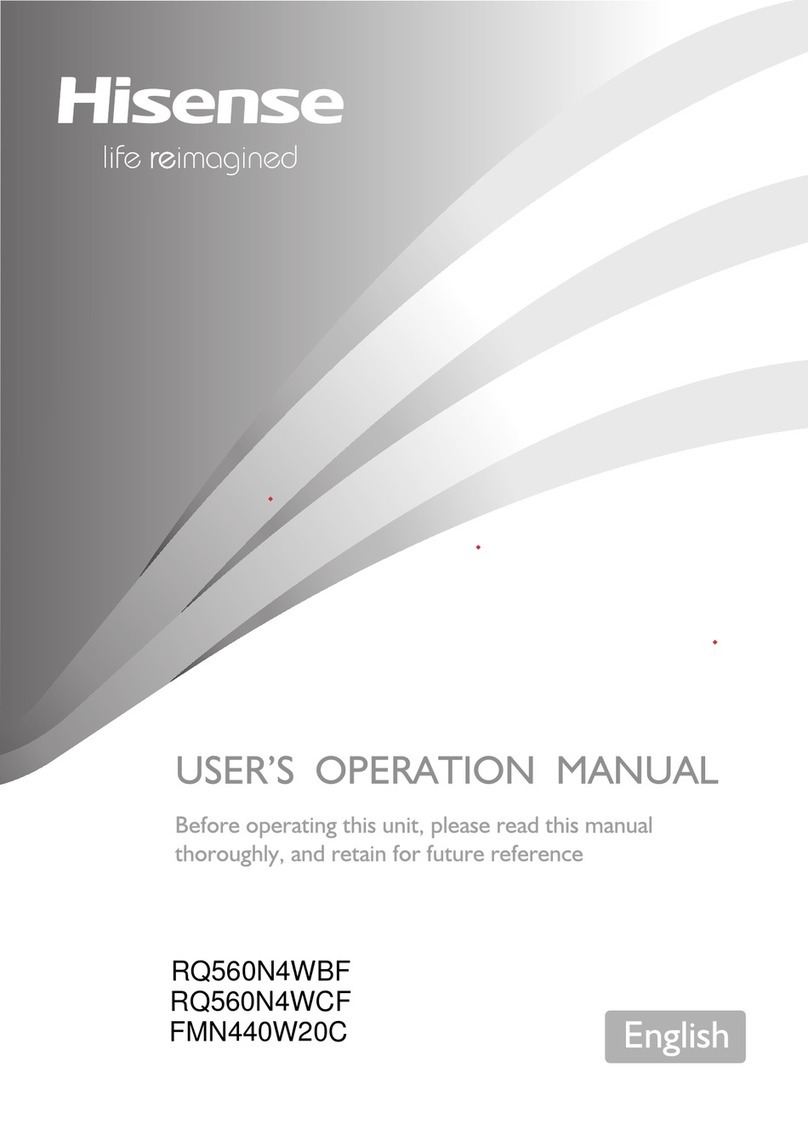
Hisense
Hisense RQ560N4WBF Mounting instructions
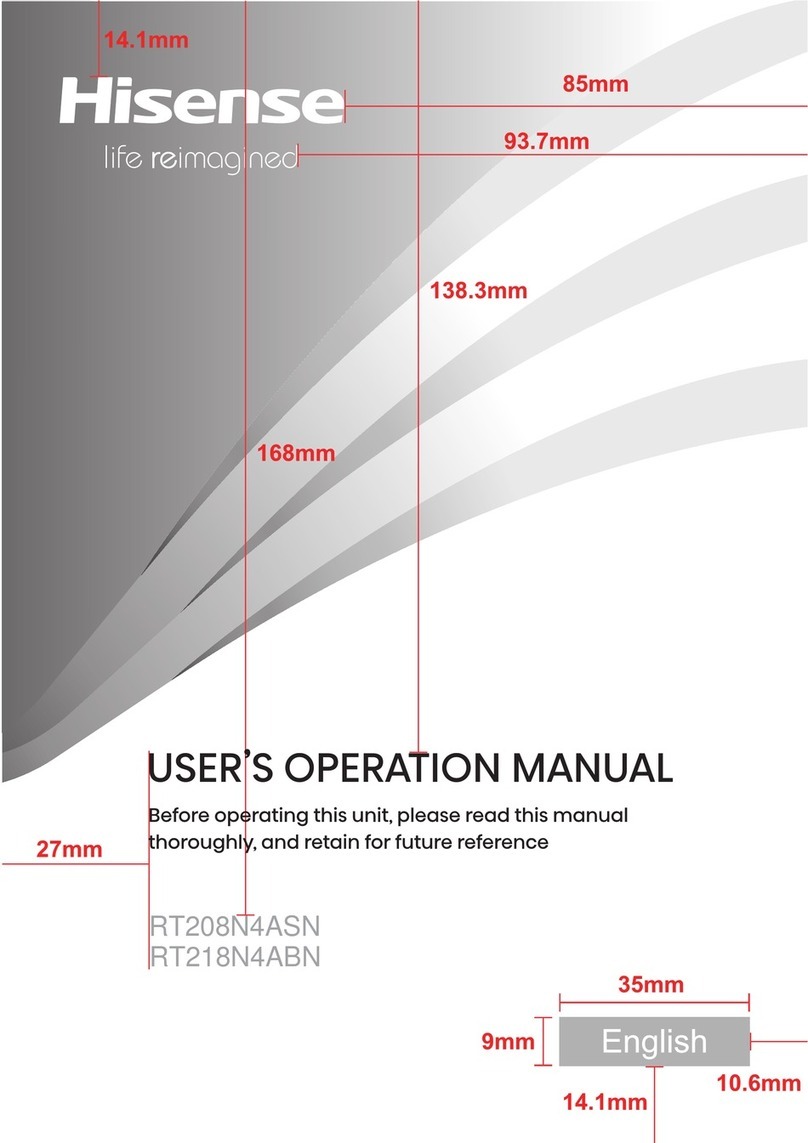
Hisense
Hisense RT208N4ASN Mounting instructions
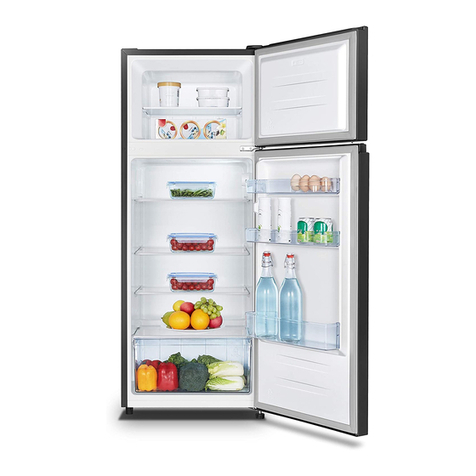
Hisense
Hisense RT267D4ABF Mounting instructions
